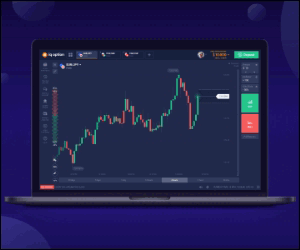Like in any other
business, a farmer needs to understand what the maths will be telling him if he
or she is going running the farm for a profit.
The good thing is that it does not have to be the complex
maths that science uses to explain the phenomena in the universe. An
understanding of simple mathematics that you use every time you go shopping to
the grocery store is sufficient.
What I am saying is you need to get a good, clear and
unemotional picture of the state of your farming business. If the maths is
telling you, you are incurring losses, do not ignore that (like what most small
holder farmers do) and instead console yourself by saying it’s what you love to
do.
If you are going to farm for profit, understand what the
maths is saying about your finances, about the weather, about productivity from
your workforce, about the season and the market etc. The difference between
profit and loss at a company or farm is the ability of the person in charge
understanding the math and making the correct decisions.
Here’s where you need maths in your farming business:
- Measuring
land.
- Measuring
inputs such as seed, fertiliser and chemicals, and counting tools and
livestock.
- Working
with equipment like knapsacks for fertiliser spreading, and measuring
chemicals and fuels. For example: how much oil to mix with petrol for a
two-stroke motor.
- Multiplication
and addition for wages.
- Working
with percentages with profit-making and interest payments.
- Calculating
yields for budgeting and cash-flow purposes.
- Understanding volume and weight. How much is a litre or millilitre of liquid for mixing chemicals, injecting or feedinginoculations? How much is a kilogram for packaging products for sale? It’s no good filling a plastic bowl with produce tosell without knowing how much is in there and what the selling price should be to make a profit.
- Keeping
track of your bank and other accounts – debtors (people who owe us money)
and creditors (people we owe money to – in other words, accounts we have
to pay).
Maths will find you around every corner and you need it to
have a thriving business.
 3:43:00 AM
3:43:00 AM



No comments
Post a Comment